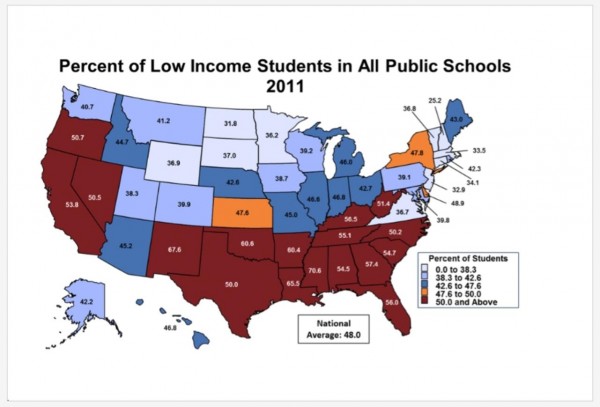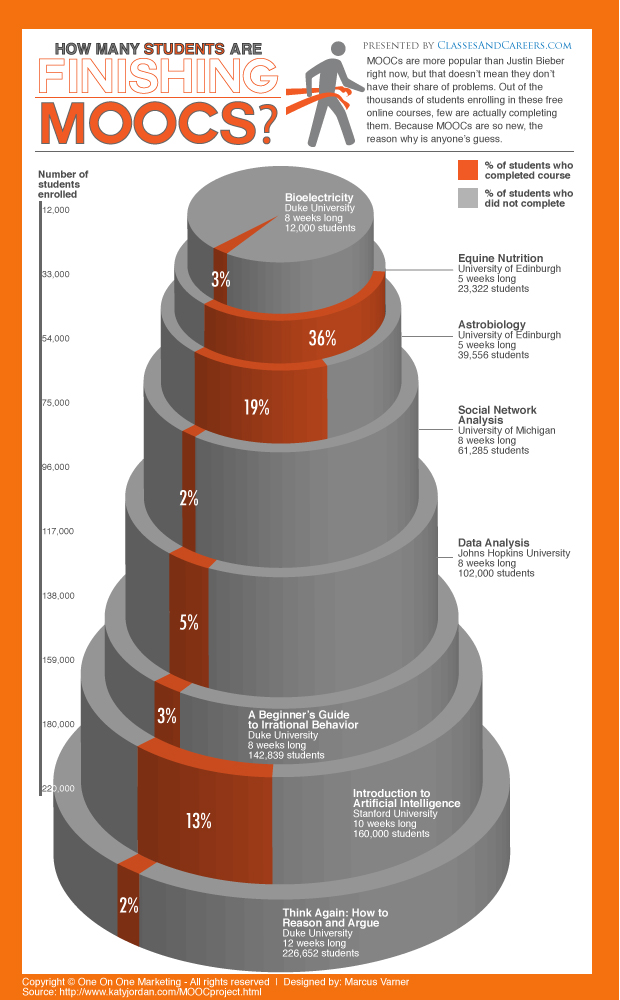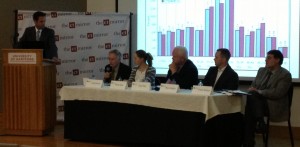Nationwide Effort by Newman’s Own Foundation to Help Veterans; Local Initiative Lagging
/
When Westport-based Newman's Own Foundation launched a national fundraising competition aimed at supporting the work of veterans organizations across the country – coupled with plans to contribute an additional $180,000 to the most successful efforts - the inclusion of a Connecticut Public Broadcasting Network (CPBN) job training initiative for veterans was encouraging.
With the deadline just hours away, however, the local CPBN effort is ranked 23rd among the 28 participating organizations, having raised a total of $691.
A select group of military service nonprofits – a total of 28 organizations across the nation - were invited to raise money and compete for additional funds. The Honoring Those Who Serve Challenge is a fundraising initiative developed to help charities gain awareness, recognition, and most importantly, cash. It is an element in the Newman’s Own Foundation’s commitment to military personnel, veterans, and their families, providing a public awareness platform and funding support to organizations that help those who serve.
As of November 10, a total of $388,922 has been raised by 28 participating nonprofit organizations. The Challenge began on Monday, September 30, and closes on Veterans Day, Monday, November 11, at noon. Only charities pre-selected by Newman’s Own Foundation were eligible to compete and win – among them Connecticut Public Broadcasting’s Veterans Vocational Training Program.
The CPBN program is free to veterans to train for a career in media arts and video production at Connecticut Public Broadcasting Network’s Learning Lab in Hartford. Veterans learn from award-winning professionals in television, radio and new media production. Participants gain experience working on digital projects and productions, ranging from live broadcasts to studio operations to web services. Completion of the program leads to industry-specific certifications in digital arts or video production and includes portfolio development and business connections.
The charity that raises the most money during the Challenge wins a $75,000 grant. Second place will receive $50,000, and third place will receive $25,000. Another $30,000 is being given throughout the campaign, through weekly bonus challenges. As of November 10, the leading organizations were the Dixon Center for Military and Veterans Community Services and Easter Seals ($122,194), Operation Finally Home ($53,331) and Hero Dogs Inc. ($41,531). All the participating organizations in the Competition – operated through a specially designed Crowdrise website - will keep the money they raise, regardless of whether they receive the additional prize money contributed by Newman’s Own Foundation.
To carry on Paul Newman’s philanthropic legacy, Newman’s Own Foundation turns all net profits and royalties from the sale of Newman’s Own products into charitable donations. To date, Paul Newman and Newman’s Own Foundation have given over $380 million to thousands of charities around the world.
Among a range of programs supported by Newman’s Own Foundation – including the Hole-in-the-Wall Gang Camp in Ashford, CT and an array of nutrition programs nationwide, the organization has been a consistent supporter of veterans initiatives and public broadcasting. Earlier this year, the organization announced a series of grants totaling $2.4 million over two years to 13 public broadcasting stations and organizations. The grants represent an ongoing commitment to support open dialogue and promote civic engagement.
Funds were used by some stations to generate increased donor giving through challenge grants. In other cases, funds will be directed to programming or special projects, such as National Public Radio’s Military Voices Initiative, where the experiences of military personnel, veterans, and their families are recorded and broadcast. Among the affiliates included were Connecticut Public Broadcasting and WSHU Public Radio in Fairfield.
This fall, Newman’s Own Foundation committed $7 million in grants over three years to support United States military men, women, and families through its “Honoring Those Who Serve” program. The grants will be awarded to more than 50 nonprofit organizations that help military personnel, veterans, and their families successfully manage deployments and the transition from active duty to civilian life. The current Challenge that concludes on Veterans Day, along with $300,000 in grants for nonprofit organizations that assist female veterans with career development, are segments of the overall commitment.
“There is no greater sacrifice than serving and defending our country,” said Robert Forrester, President and CEO of Newman’s Own Foundation. “We have a responsibility to support our military men and women, since they protect the freedom and privileges we enjoy as Americans.”
The grants will help military servi ce organizations across the country that deal with issues such as health, housing, education, career development, and family support. When veterans return home, they face vast and complex challenges. According to the Department of Defense, the military suicide rate hit a record high in 2012, increasing nearly 16 percent over the previous year. Over 60,000 veterans are homeless. The unemployment rate for Gulf War-era veterans was 9.9 percent in 2012, compared to 8 percent for all Americans.
ce organizations across the country that deal with issues such as health, housing, education, career development, and family support. When veterans return home, they face vast and complex challenges. According to the Department of Defense, the military suicide rate hit a record high in 2012, increasing nearly 16 percent over the previous year. Over 60,000 veterans are homeless. The unemployment rate for Gulf War-era veterans was 9.9 percent in 2012, compared to 8 percent for all Americans.
“Recalling Paul Newman’s service in the United States Naval Corps in World War II, we have been committed to supporting military nonprofits for over twenty years,” said Forrester. “Paul felt that we can all make a difference by helping others, and there is no better time to announce our military grant commitment.” The actor and philanthropist who founded Newman’s Own passed away on September 26, 2008.
For more information on Newman’s Own Foundation, visit www.newmansownfoundation.org. Any questions regarding the Veterans Vocational Training Program can be answered by contacting Donna Sodipo, Director of Education Services at dsodipo@cpbn.org
UPDATE: At the end of the challenge, a total of just over $670,000 was raised during the Honoring Those Who Served Competition, including $741 for the Veterans Vocational Training Program at CPBN.


 and others involved in software development, including graphic designers, interface designers and project managers, collaborate intensively on software projects.
and others involved in software development, including graphic designers, interface designers and project managers, collaborate intensively on software projects.
 e talented entrant. HTSQL is a Prometheus product.
e talented entrant. HTSQL is a Prometheus product. public schools moved from 38 percent of all students in 2001 to 48 percent in 2011.”
public schools moved from 38 percent of all students in 2001 to 48 percent in 2011.” st and 40 percent in the Northeast. The national average was 48 percent. As the report pointed out, “in 2011 the nation stood within only two percentage points of enrolling a majority of low income students in public schools across 50 states.”
st and 40 percent in the Northeast. The national average was 48 percent. As the report pointed out, “in 2011 the nation stood within only two percentage points of enrolling a majority of low income students in public schools across 50 states.”
 ceed in public schools? It is a question of how, not where, to improve the education of a new majority of students.”
ceed in public schools? It is a question of how, not where, to improve the education of a new majority of students.” Connecticut as compared with 78.2 percent nationally.
Connecticut as compared with 78.2 percent nationally.
 me cases. Given the often massive numbers of enrollees, the small percentage may belie the raw numbers – and the benefits to those students, as well as to those who may have decided not to see a course through to the end.
me cases. Given the often massive numbers of enrollees, the small percentage may belie the raw numbers – and the benefits to those students, as well as to those who may have decided not to see a course through to the end. nce again offering the League of American Bicyclist-designed Traffic Skills 101 program, a day long course to give cyclists the skills, knowledge and confidence to handle on-road cycling in traffic. The program will be held on Sunday, November 10 at Bishops Corner in West Hartford.
nce again offering the League of American Bicyclist-designed Traffic Skills 101 program, a day long course to give cyclists the skills, knowledge and confidence to handle on-road cycling in traffic. The program will be held on Sunday, November 10 at Bishops Corner in West Hartford.





































